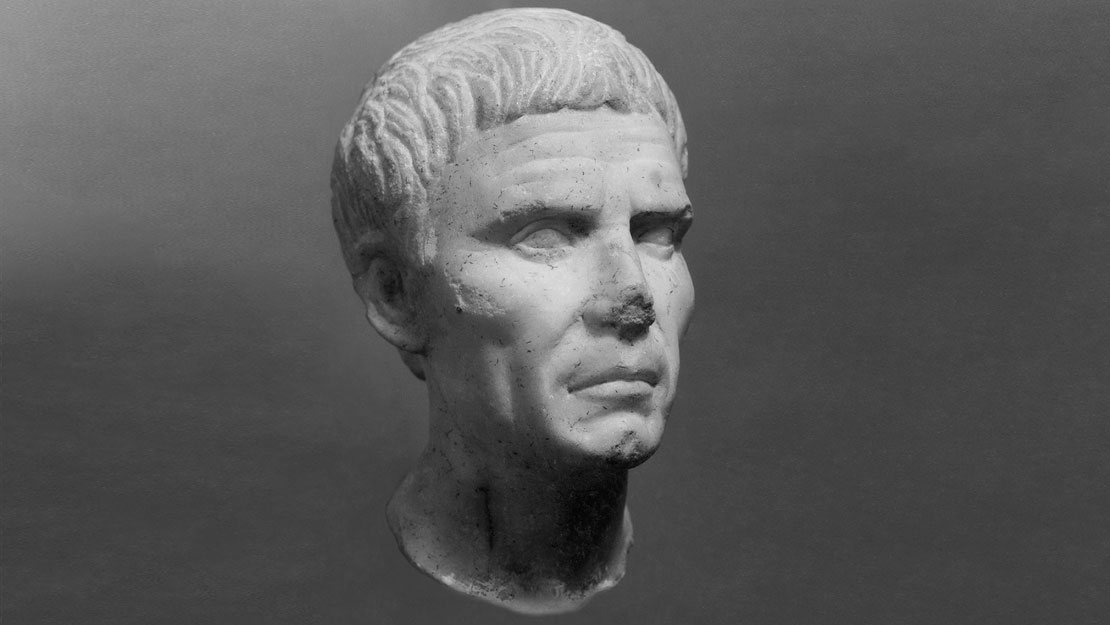Colonia Minturnae

Minturnae lies 65 kilometers northwest of Naples, where the Via Appia crosses the Garigliano (ancient Liris) River on the border between Latium and Campania. Originally inhabited by Italic tribesmen called the Aurunci, it was conquered by the Romans in 313 BC. Eighteen years later it was colonized as a colonia civium Romanorum, intended to serve as a small military outpost.
In the Republican period such outposts were typically made up of 4,500 to 6,000 men drawn from both the urban population of Rome and the neighboring Latin cities. In addition to securing points of strategic military interest, they also helped to provide land for the Italian peasantry. Their occupants retained Roman citizenship. Minturnae soon grew to a respectable size, only to be badly damaged by fires. It was recolonized by Augustus with demobilized veterans. Thereafter it enjoyed a long existence until its final abandonment about AD 590.
Architectural terracotta decorations make up the Museum’s most exceptional category of finds from Minturnae. Although typical of central and northern Italo-Etruscan buildings, such decorations are rarely found in museums outside of Italy. The once colorfully painted revetments are part of a native Italic crafts tradition. Largely uninfluenced by Greek stone-working methods, artisans in central Italy continued to work with terracotta until the end of the Republic in 31 BC and even beyond. Conservative traditionalists like Cato the Elder (243-149 BC) praised the technique. He berated his countrymen for preferring flashier Greek bronzes and marbles to the “old terracotta images of the gods” and, by implication, decorations like these. Nevertheless, architectural terracottas eventually lost their appeal and disappeared. Minturnae marks the furthest south that they have been found.
